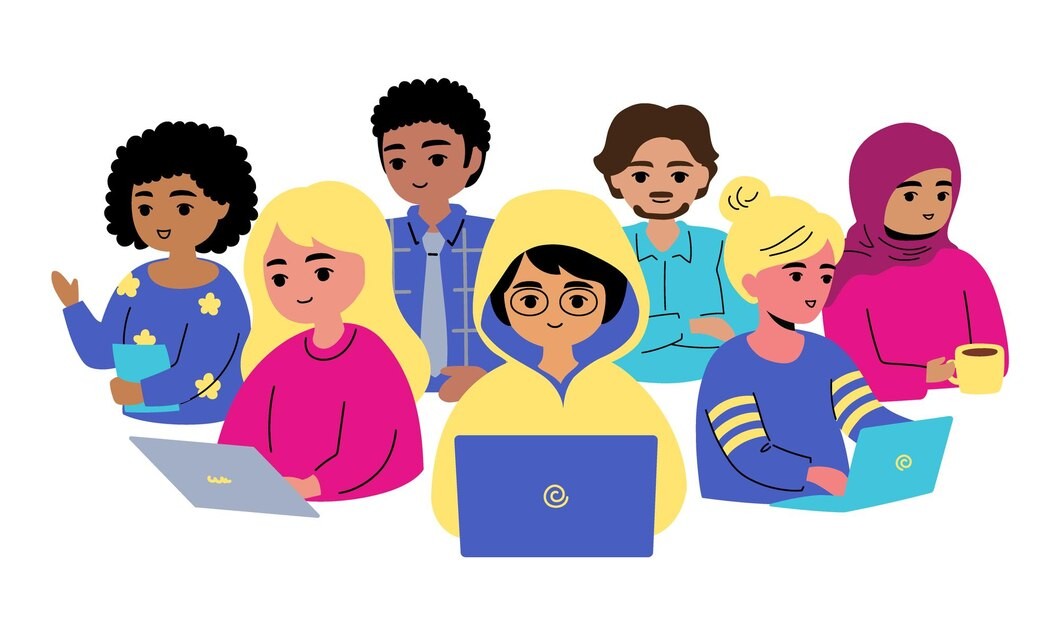
‘Differences Make Us Strong.’
A diversified workforce of skilled and professional enthusiasts not only fosters organizational productivity but also elevates its growth. Workplace diversity and inclusion are intriguing factors for an organization that are more than mere figures. It is vital for the overall wellness of the employees as well as the business in the contemporary corporate sphere.
Diversity and inclusion continuously evolve depending on the market drift and seismic shifts caused due to uncertain circumstances. Hence, let us understand a few of the most recent trends in workplace diversity and inclusion along with its prominence in enhancing organizational contentment.
1.Intersectionality
Intersectionality denotes the combination of individual factors such as the different social and political backgrounds, which collectively define the individuals themselves. When employees from separate social and political beliefs come together, it results in an exchange of ideas, experiences, and knowledge transfer, which results in the improvement of the learning and cognitive abilities of employees to make more informed decisions.
2.Feminism
The current ‘topic of discussion’ that has captivated everyone’s attention in the latest trend of diversity and inclusion is feminism. Feminism signifies equal opportunities for female employees irrespective of their caste, race, colour, creed, and status. Upholding the idea of feminism can have various benefits to the organization such as:
– Attracting the best talent
– Strengthening the company’s work culture and ethos
– Enhanced productivity
– Elevated inclusivity
– Increased employee satisfaction.
3.Hybrid and Remote Work Inclusion
The post-pandemic world has normalized hybrid and remote working of employees from various demographic locations. The flexibility of work locations ensures a higher retention rate of employees and eliminates varying time zone barriers, attracting talent from different nationalities and origins. Hybrid and remote work arrangements bring opportunities as well as challenges that require hypervigilant management and communication.
4.Neurodiversity
Neurodiversity is pivotal in workplace diversity and inclusion. It embraces the neurological differences among individuals which include autism, dyslexia, ADHD, etc. It gives fair chances to individuals with special needs to exhibit their skills for the overall achievement of organizational goals. The inclusion of neurodiversity helps the organization in various ways such as:
– Promoting the culture of embracing marginalized sections of society
– Enhancing the company’s goodwill
– Fostering innovation and creativity
– Creating a broader pool of talented employees
5.Psychological and Emotional Well-being
Mental and emotional factors were the underlying elements in the conventional work culture. The inclusion and promotion of mental health, as well as emotional welfare policies in workplaces, help in constructing an empathetic workplace that edifies employee connection in an organization. It benefits the organization by:
– Improving the retention rate of employees
– Increasing employees’ efficiency
– Reducing tension
– Avoiding internal conflicts
– Providing qualitative outcomes and more.
– Roll out the Red Carpet!
The concept of diversity and inclusion goes hand in hand to achieve organizational development and growth. The recent trends in workplace diversity and inclusion have amplified the entire concept of not only including intersectional personalities in the workforce but also promoting equal opportunities and fairness in the workflow. So, roll out the red carpet and embrace the best talents based on their proficiency and expertise to enhance the organization’s productivity and growth.

 Follow
Follow